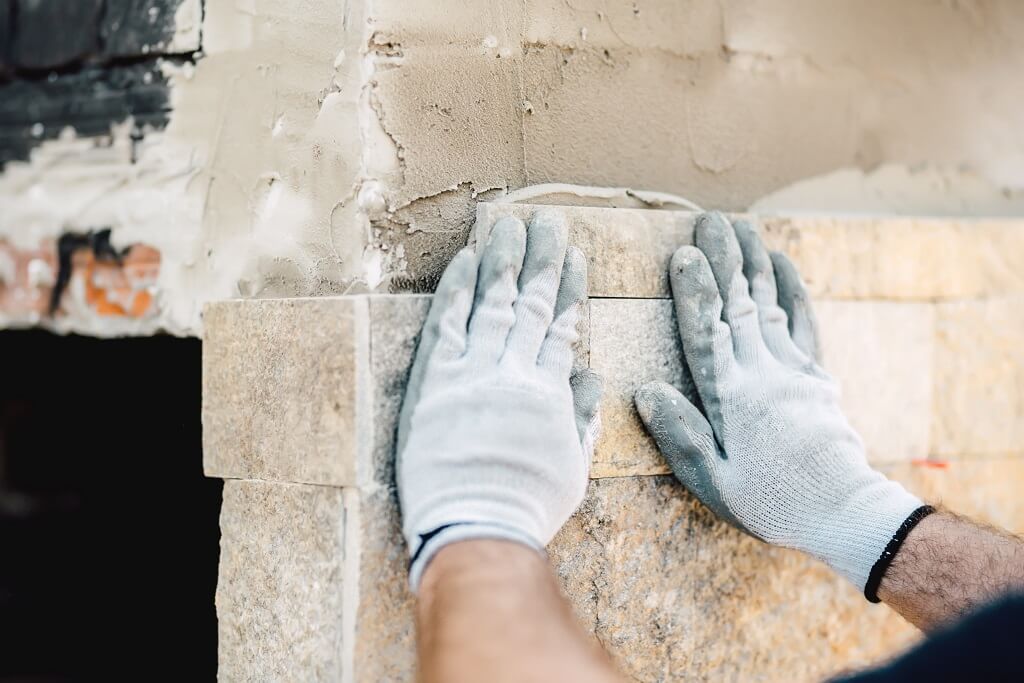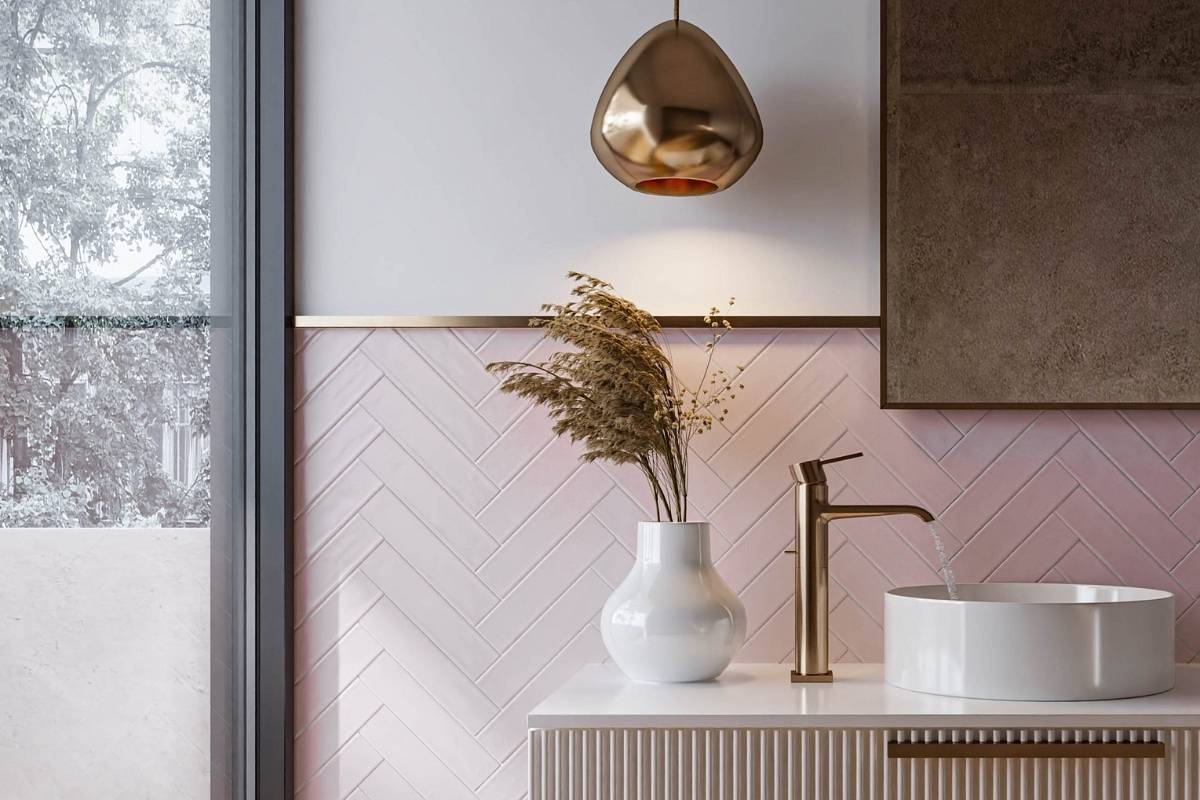
In this article, we will explore the benefits and considerations of wood and stone cladding to help you determine which option is better suited for your project.
When it comes to enhancing the exterior aesthetics and protection of a building, the choice between wood and stone cladding can have a significant impact. Both materials offer unique qualities and visual appeal that can transform the appearance of a structure. In this article, we will explore the benefits and considerations of wood and stone cladding to help you determine which option is better suited for your project.
Wood Cladding: Warmth and Natural Beauty
Exterior wooden cladding brings a sense of warmth, character, and natural beauty to a building’s exterior. Here are some key advantages and considerations:
- Aesthetics: Wood cladding offers a timeless appeal, creating a warm and inviting look. Its natural grain patterns and colors add depth and texture, making it an excellent choice for both contemporary and traditional architectural styles.
- Insulation: Wood has natural insulation properties, providing thermal and acoustic benefits. It helps regulate temperature, reducing heat loss in colder climates and minimizing the need for excessive heating. Additionally, wood cladding can contribute to a comfortable indoor environment by reducing noise transmission.
- Sustainability: Wood is a renewable resource when sourced responsibly. Opting for wood cladding from certified sustainable forests ensures a more eco-friendly choice. Additionally, wood cladding can be recycled or repurposed at the end of its lifespan.
- Maintenance: Exterior wooden cladding requires regular maintenance to preserve its beauty and durability. Periodic staining or sealing is necessary to protect against moisture, UV damage, and insect infestation. Routine inspections and occasional repairs are also essential to maintain the integrity of the cladding.
Stone Cladding: Durability and Timeless Elegance
Stone cladding offers a sense of durability, elegance, and a connection to nature. Consider the following advantages and considerations:
- Durability: Stone cladding on exterior walls is highly durable and can withstand various weather conditions, including extreme heat, cold, and moisture. It is resistant to fading, erosion, and damage caused by UV radiation and does not require frequent maintenance.
- Aesthetics: Stone cladding imparts a sense of timelessness and sophistication. It can add a touch of grandeur to the building’s exterior, making it a popular choice for luxury residences and commercial structures. Stone comes in various types, such as granite, limestone, or slate, each offering its unique texture, color, and appeal.
- Low Maintenance: Compared to wood cladding, stone cladding requires minimal maintenance. It is resistant to rot, pests, and discoloration. Occasional cleaning and inspection for cracks or loose stones are usually sufficient to keep the cladding in excellent condition.
- Installation Challenges: Stone cladding is heavier than wood cladding, which can pose challenges during installation. It requires a sturdy support structure and professional expertise to ensure proper attachment and longevity.
Conclusion
Deciding between wood and stone cladding depends on various factors, including aesthetics, insulation, durability, maintenance, and budget. Wood cladding offers natural beauty and insulation benefits but requires regular upkeep. Stone cladding on exterior walls provides durability, low maintenance, and timeless elegance but may come with higher installation costs. Consider your specific needs, architectural style, and long-term goals to make an informed decision. Ultimately, both wood and stone cladding have their unique charm and can elevate the visual appeal of your building’s exterior.










